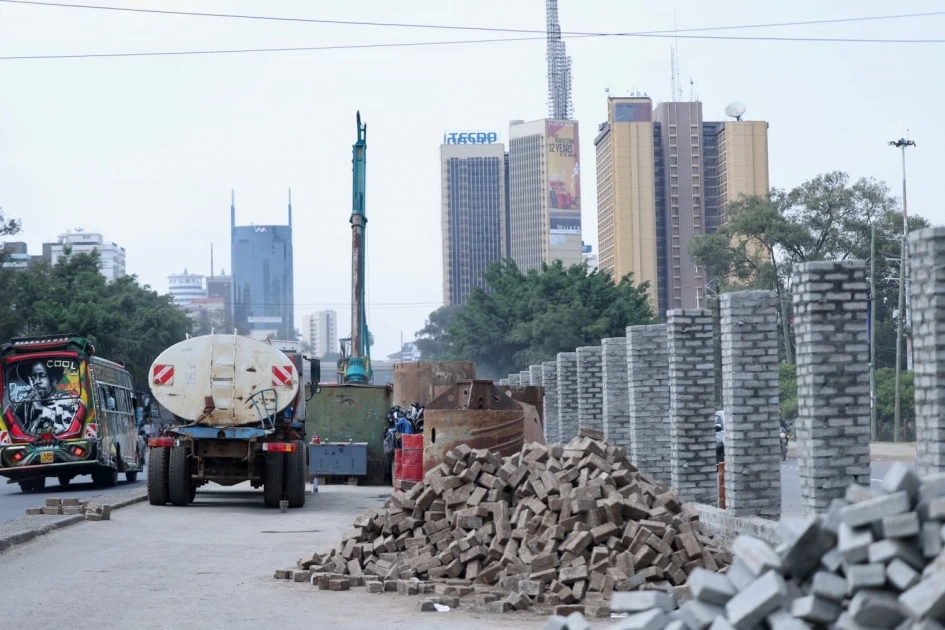In response to an online frenzy sparked by curious and humorous observations from Kenyans, the Kenya Urban Roads Authority (KURA) has addressed public speculation surrounding large concrete structures recently erected along Nairobi’s Kenyatta Avenue.
Social media platforms including TikTok, Facebook, and X were abuzz with viral videos and cheeky remarks, with many Kenyans jokingly asking, “Nani amejenga nyumba Kenyatta Avenue?” (“Who has built a house on Kenyatta Avenue?”). Some quipped that it might be the newest site for affordable housing in the city’s Central Business District.
KURA, known for its growing digital presence, responded with humor:
“Surely, surely, hii si nyumba. Aje sasa watu wangu? Tunajenga viaduct.”
(“Surely, surely, this is not a house. Come on, my people, we are building a viaduct.”)
What’s Really Happening on Kenyatta Avenue?
The pillars are part of a major infrastructure project: the construction of a viaduct linking Valley Road, Ngong Road, and Haile Selassie Avenue. Once complete, the elevated roadway will allow motorists to bypass traffic lights and intersections, significantly reducing congestion in and around the Central Business District.
Engineer Benjamin Asin, Assistant Director at KURA, explained the structures on-site, clarifying:
“These are not houses. They are temporary hoarding structures. We’re protecting the work zone, motorists, and heavy machinery in an extremely busy part of the city.”
A Piece of a Bigger Puzzle
The viaduct is one component of the larger Valley Road–Kenyatta Avenue/Ngong/Nyerere Road Interchange and Upper Hill–Haile Selassie Overpass Project, which includes key upgrades to Nairobi’s road network.
Although initially launched in September 2020, the project stalled due to unpaid contractor bills. A renewed push in April 2025, backed by a securitisation model through the Kenya Roads Board (KRB), allowed the government to unlock funds without increasing public debt. The revised completion date is now set for December 17, 2026.
Addressing Historical Backlogs
When President William Ruto took office, his administration inherited Ksh.175 billion in pending bills to over 580 road contractors. Some of these debts dated back as far as 2016, leading to halted works, financial losses, and job cuts nationwide.
To address the backlog, the government committed seven shillings from every Ksh.25 collected per litre of fuel over a 10-year period from the Road Maintenance Levy Fund. This financing model has since revived 393 out of 580 stalled road projects by mid-2025.




